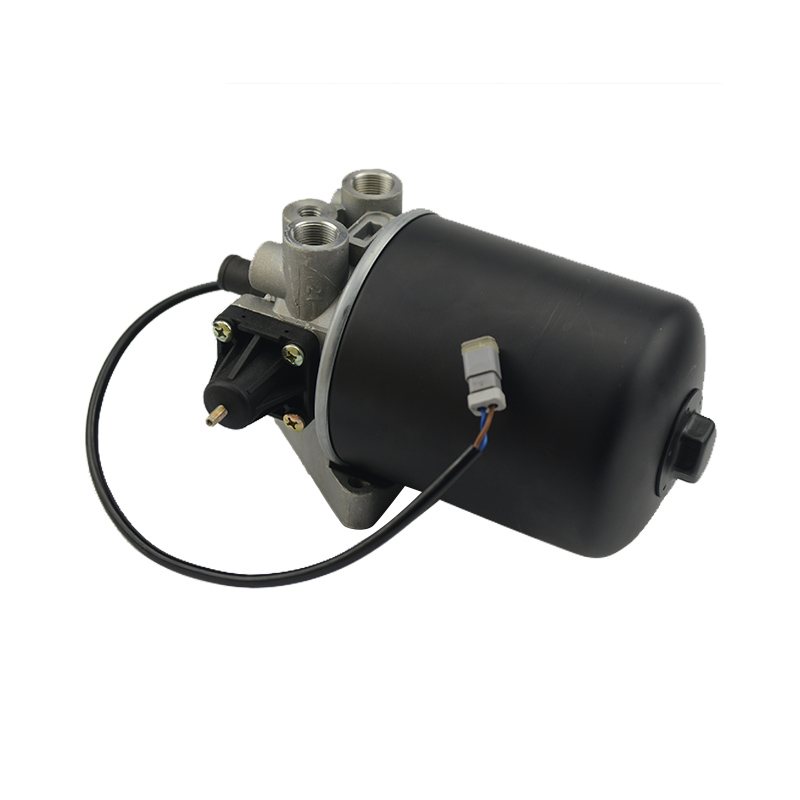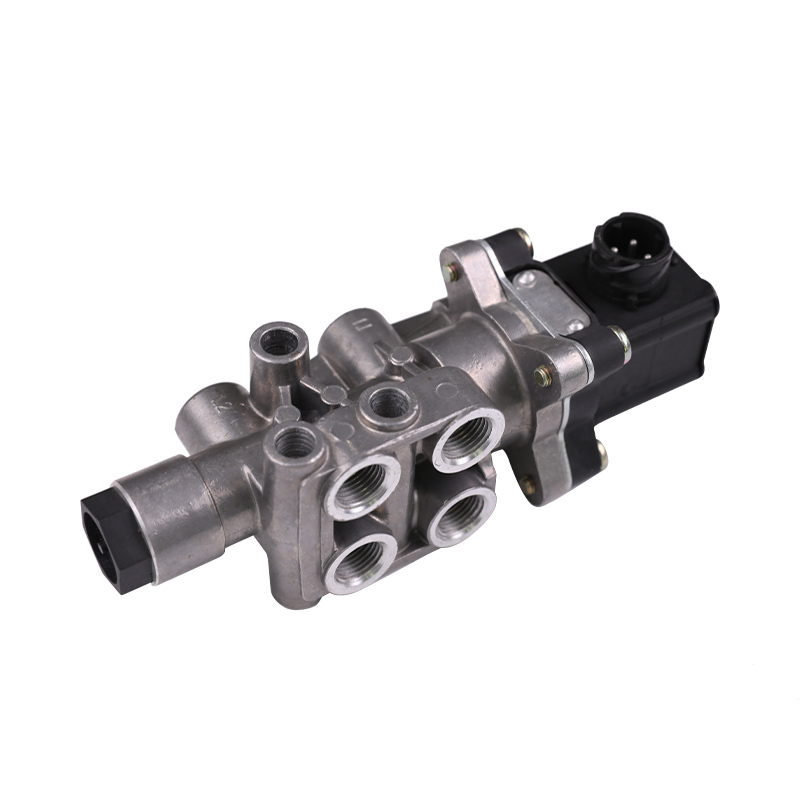In the manufacturing process of modern truck transmission valves, material selection and preparation are the critical first steps. We select high-strength, high-toughness alloy steel and stainless steel as the main materials. These materials not only have excellent wear resistance and corrosion resistance, but also show excellent fatigue resistance, making them ideal for manufacturing high-performance truck transmission valves. choose. During the material pretreatment stage, heat treatment processes such as quenching and tempering are used to optimize the material's microstructure and mechanical properties to significantly improve the strength and toughness of the valve body. In addition, we strictly process and clean the material surface to ensure the smoothness and cleanliness of the valve body surface, thereby effectively reducing oil contamination and friction resistance.
Precision casting and machining are the core links in manufacturing truck transmission valves. We use advanced casting technologies, such as vacuum casting and pressure casting, to ensure the dimensional accuracy of the valve body and the integrity of the internal structure. During the casting process, the casting temperature and cooling rate are strictly controlled to avoid the occurrence of casting defects such as pores and inclusions. At the same time, high-precision machining processes, including CNC milling and grinding, are used to finely process the surface and interior of the valve body to ensure its dimensional accuracy and surface quality. These processes not only improve the sealing performance and response speed of the valve, but also effectively reduce oil leakage and energy loss, ensuring its stable operation under high load.
Heat treatment and surface strengthening are important means to improve the performance of truck transmission valves. Through heat treatment processes such as quenching, tempering and carburizing, the microstructure and mechanical properties of the valve body are adjusted, and the hardness and wear resistance of the valve body are significantly improved. In addition, surface strengthening technologies such as shot peening and nitriding are used to strengthen the valve body surface to further improve its fatigue resistance and corrosion resistance. These processes not only extend the service life of the valve body, but also enhance the reliability and stability of the valve, ensuring its excellent performance in various working environments.
Finally, assembly and commissioning are key steps in the truck transmission valve manufacturing process. We use advanced assembly technology and equipment, such as automated assembly lines and precision measuring instruments, to accurately assemble and debug each component of the valve body. During the assembly process, the assembly accuracy and sequence are strictly controlled to ensure the integrity of the internal structure and function of the valve body. At the same time, comprehensive testing and verification are carried out, including pressure testing, flow testing and sealing testing, to ensure that the valve performance meets the design requirements. These strict process flows not only improve the reliability and stability of the valves, but also effectively reduce the failure rate and maintenance costs, ensuring the competitiveness of the final products in the market.






